Introduction
Can Parakeets And Cockatiels Live Together: The captivating world of avian companionship, the question of whether parakeets and cockatiels can live together harmoniously is a topic that piques the curiosity of many bird enthusiasts. These two charming and popular bird species, the parakeet and the cockatiels carrots, each possess their unique personalities, physical traits, and care requirements. While sharing similar origins as Australian natives, these feathered friends bring their own set of characteristics to the table, making it crucial for potential owners to explore the possibilities and challenges associated with keeping them together in a shared habitat. In this discussion, we’ll delve into the fascinating dynamics of parakeets and cockatiels cohabiting, shedding light on the considerations, benefits, and potential pitfalls of bringing these vibrant birds into a shared aviary or home. As we embark on this exploration of the compatibility between parakeets and cockatiels, it’s essential to recognize that the world of avian companionship is as diverse as the birds themselves.
Both parakeets and cockatiels have earned their places as cherished pets due to their endearing nature and captivating vocalizations, but they do come with distinct needs and behaviors that must be carefully weighed before considering cohabitation. Parakeets, characterized by their petite size, vibrant plumage, and cheerful disposition, are known for their playful and social tendencies. These little parrots are often gregarious and thrive on interaction with both their human caregivers and fellow avian companions. On the other hand, cockatiels, with their distinctive crests and melodious songs, possess a more laid-back demeanor but can form strong bonds with their owners and other birds. Bringing these two species together can offer a unique and dynamic bird community in your home or aviary. However, it’s crucial to delve into their individual requirements, including diet, housing, and social needs, to ensure a harmonious and fulfilling coexistence.
Factors such as size compatibility, temperamental differences, and the availability of ample space and enrichment must be thoughtfully considered. In this discussion, we will explore the key elements that play a pivotal role in determining whether parakeets and cockatiels can live together in harmony. From providing a comfortable living space and addressing potential behavioral challenges to understanding the benefits of companionship for these birds, we will navigate the intricate terrain of avian cohabitation, ultimately helping you make an informed decision about creating a feathered family that thrives and flourishes. One of the primary benefits of keeping parakeets and cockatiels together is companionship. Both species are social animals, and having a fellow avian companion can help prevent loneliness and provide mental stimulation. This can result in happier and more mentally engaged birds.
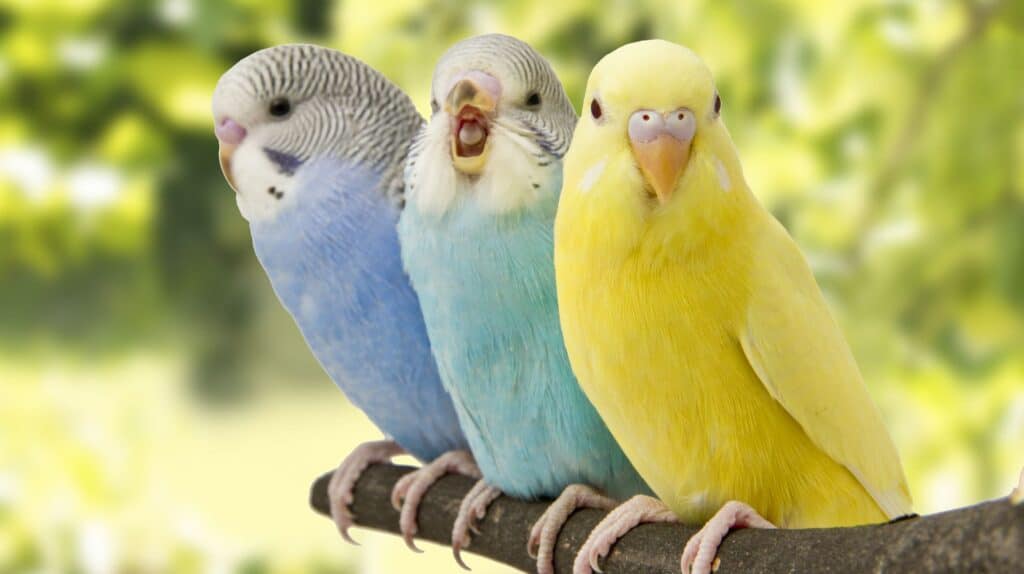
Will a cockatiel hurt a parakeet?
There is a considerable size difference between a cockatiel and a budgie. If one or the other were to become aggressive (it is not uncommon for small birds to take on larger birds in the defense of their nests), the cockatiel might cause serious injury or death to the budgie.
Cockatiels are larger than parakeets, which can create an imbalance in physical strength. In some cases, a cockatiel may exhibit territorial or dominant behavior, which could lead to aggressive interactions. Parakeets are generally more agile and can sometimes evade confrontations.
Like humans, birds have unique personalities. Some cockatiels are gentle and easygoing, while others may be more assertive or territorial. The same goes for parakeets. The compatibility of two birds often depends on their specific temperaments.
If you’re considering keeping a cockatiel and a parakeet together, it’s essential to introduce them gradually and under close supervision. Initially, house them in separate cages within the same room so they can become accustomed to each other’s presence without direct contact. Observe their behavior and interactions carefully.
Look for signs of aggression, which can include aggressive posturing, biting, territorial behavior around food or perches, and excessive chasing or pecking. If you notice these behaviors, it’s crucial to separate the birds to prevent harm.
Can I keep a cockatiel with a budgie?
Although you can let your cockatiel and budgie play in the same space under supervision, their personality differences alone make it a bad idea to make them live in one cage. Budgies can be real pests, stressing out your ‘tiel with their hyperactive and curious behavior.
It’s crucial to introduce them gradually and under close supervision. Start by housing them in separate cages within the same room so they can get used to each other’s presence without direct contact. Observe their behavior during this initial period.
Pay close attention to how they interact. Look for signs of aggression, which may include aggressive posturing, biting, territorial behavior, or excessive chasing. If any signs of aggression or stress are evident, it’s essential to separate them immediately.
If the birds seem to get along during the initial introduction phase, you can consider housing them together in a shared cage. Ensure the cage is adequately sized with multiple perches, toys, and hiding spots to accommodate both species comfortably.
Which is better parakeet or cockatiel?
If you want a bird to interact with vocally and to fly after you in the house, the budgie is a good choice. A budgie is not, however, as tolerant of petting as a cockatiel can be. Many cockatiels love to be petted behind their crest feathers and over their ears (marked in many colors by that fiery red cheek patch).
The choice between a parakeet (also known as a budgie) and a cockatiel as a pet bird ultimately depends on your individual preferences, lifestyle, and what you are looking for in a feathered companion.
Both parakeets and cockatiels have their own unique qualities and characteristics, making them wonderful additions to the world of avian companionship. Here, we’ll explore the traits of each bird to help you make an informed decision.
Parakeets are smaller, more colorful, and often easier to train, making them suitable for beginners or those with limited space. Cockatiels, on the other hand, are larger, more interactive, and have longer lifespans, making them great companions for those looking for a more substantial avian relationship.
Do parakeets need a bird bath?
Parakeets like a good bath. If you don’t give them access to a bird bath in the cage, your parakeet may try to wash in the drinking water. This is a clear message from your parakeet to install a proper bath! There are many types of bird bath available in stores and online, so choose one that fits your cage set up.
Parakeets are meticulous creatures when it comes to personal grooming. A bird bath allows them to clean themselves thoroughly, helping to remove dirt, dust, and debris from their feathers. Clean feathers are essential for their ability to fly, regulate body temperature, and stay insulated.
Regular bathing can help keep a parakeet’s skin healthy and free from any irritants or pests. It can also assist in preventing issues like dryness or itchiness, which can lead to discomfort if left untreated.
During the molting process, parakeets shed old feathers and grow new ones. A bird bath can aid in the removal of old feathers and help new ones grow in properly. This can make the molting process more comfortable for your parakeet.
How noisy are parakeets?
Parakeets are noisy birds when it comes to whistles, talking, and daily chitter-chatter. Screaming on the other hand, is not a typical behavior of parakeets. Some parakeets might let out a light scream once in a while, but if you hear what sounds like a genuine scream from your bird, there might be something wrong.
Parakeets are quite chatty birds. They are known for their continuous chirping and chattering throughout the day. This vocalization is a means of communication and is typically a sign that they are content, excited, or engaged in some activity.
Parakeets are excellent mimics. While they are not as proficient as larger parrot species like African Greys or Amazons, they can learn to mimic sounds, words, and whistles. Some parakeets can surprise their owners with their ability to imitate household noises or simple phrases.
Parakeets are often most vocal in the mornings and evenings. This is their way of greeting the day and winding down in the evening. If you’re sensitive to noise during these times, it’s something to consider.
Can I keep 2 male cockatiels together?
Yes, same sex cockatiels can get along just fine. However, not all birds will get along. Most likely if you can find another older male that is lonely, they will get along. But you need to be prepared in case they do not get along.
Each cockatiel has its unique personality, and compatibility between two males can vary widely. Some cockatiels may get along well and form strong bonds, while others may not tolerate the presence of another male and could become aggressive.
If you plan to keep two male cockatiels together, it’s often best to introduce them at a young age or when they are still relatively new to your home. Younger birds tend to be more adaptable and may establish a more harmonious relationship.
Provide a spacious cage with multiple perches, toys, and feeding stations to minimize competition for resources. The cage should be large enough to allow both birds to establish their territories without feeling cramped.
Can cockatiels get jealous?
Birds can get jealous and territorial, but with the right steps, it is possible to ease the tension and counteract your bird’s jealously. Small birds can often become jealous of another bird in the household, a family member, or even one of his toys!
Cockatiels are highly social birds that form strong bonds with their human caregivers and, in some cases, with other birds. When a cockatiel develops a close bond with a particular person or another bird, they may become possessive and protective of that relationship.
Offer plenty of toys, puzzles, and activities to keep your cockatiels engaged and mentally stimulated. Training your cockatiels to respond to commands can help redirect their focus in a positive way.
If you notice severe or persistent jealousy-related behaviors in your cockatiel, consult an avian veterinarian or a bird behavior specialist. They can provide guidance on managing the situation and ensuring your bird’s emotional well-being.
Can cockatiels eat rice?
Yes, boiled rice is ok to give to cockatiels. However, if possible, you should prefer to give them brown rice rather than white. White rice has far fewer nutrients and does not offer any significant benefits to your bird. Always make sure to only give rice in moderation because it is a high-carb food product.
Portion Control: While rice can be included in their diet, it should be offered in moderation. Cockatiels require a balanced diet that consists of a variety of foods, including pellets, fresh fruits, vegetables, and seeds. Rice should be just a small part of their overall nutrition.
Variety is Key: Remember that a diverse diet is crucial for your cockatiel’s health. Rice should not be the primary or exclusive food source. Offer a wide range of bird-safe fruits, vegetables, and other grains to ensure they receive all the necessary nutrients.
Watch for Allergies: Like all foods introduced to a bird’s diet, monitor your cockatiel for any signs of allergies or digestive discomfort after eating rice. Some birds may have sensitivities to certain foods.
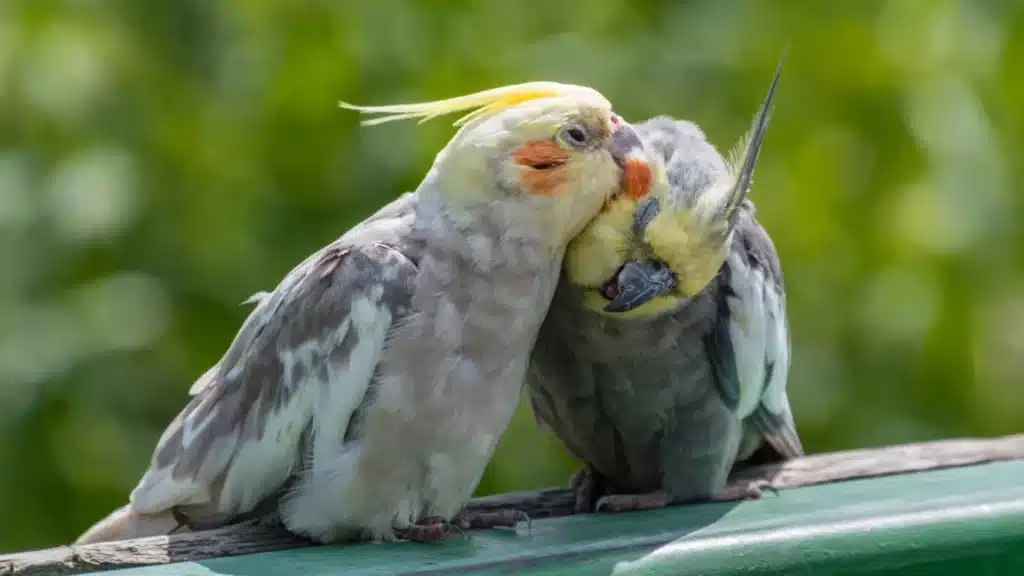
Conclusion
While these two avian species have distinct characteristics, behaviors, and requirements, the prospect of their cohabitation can yield numerous benefits, including companionship, entertainment, and learning opportunities. However, it’s crucial to acknowledge the potential challenges that may arise, such as size differences, territoriality, dietary variations, and noise levels. To create a harmonious living arrangement for parakeets and cockatiels, prospective bird owners should invest in a spacious and enriched environment, closely monitor their interactions, and ensure that each bird’s individual needs are met. Ultimately, with dedication and a well-thought-out plan, parakeets and cockatiels can not only share the same living space but also form unique bonds and contribute to a lively and thriving avian community. Their cohabitation can be a source of joy and fascination for bird enthusiasts, enriching the lives of both the birds and their caregivers as they embark on this shared feathered journey.
In the ongoing journey of exploring the compatibility of parakeets and cockatiels live together, it’s essential to emphasize the significance of flexibility and adaptability. Every avian pairing is unique, and the success of cohabitation often depends on the individual personalities and temperaments of the birds involved. As you venture into this delightful avian endeavor, remember that patience is key. Building strong bonds and overcoming initial challenges may take time. Be prepared to make adjustments to their living environment, social interactions, and dietary needs as you gain a deeper understanding of your feathered companions. Regular observation and proactive intervention can help address any potential conflicts or issues that may arise. Providing opportunities for individual and group activities, such as playtime and mental stimulation, can promote a harmonious coexistence.
Ultimately, the prospect of parakeets and cockatiels living together is a fascinating journey filled with rewards and discoveries. Their interactions can bring joy, laughter, and endless fascination into your home or aviary. By maintaining a keen eye on their well-being, fostering an enriching environment, and cultivating a deep appreciation for these remarkable birds, you can create a thriving and harmonious avian community that exemplifies the beauty and diversity of the avian world. In the world of avian companionship, the potential for parakeets and cockatiels to live together is a delightful prospect filled with opportunities for enrichment and joy. With careful planning, thoughtful observation, and dedication to their care, you can create a harmonious and thriving avian community that celebrates the unique attributes and personalities of these feathered friends.

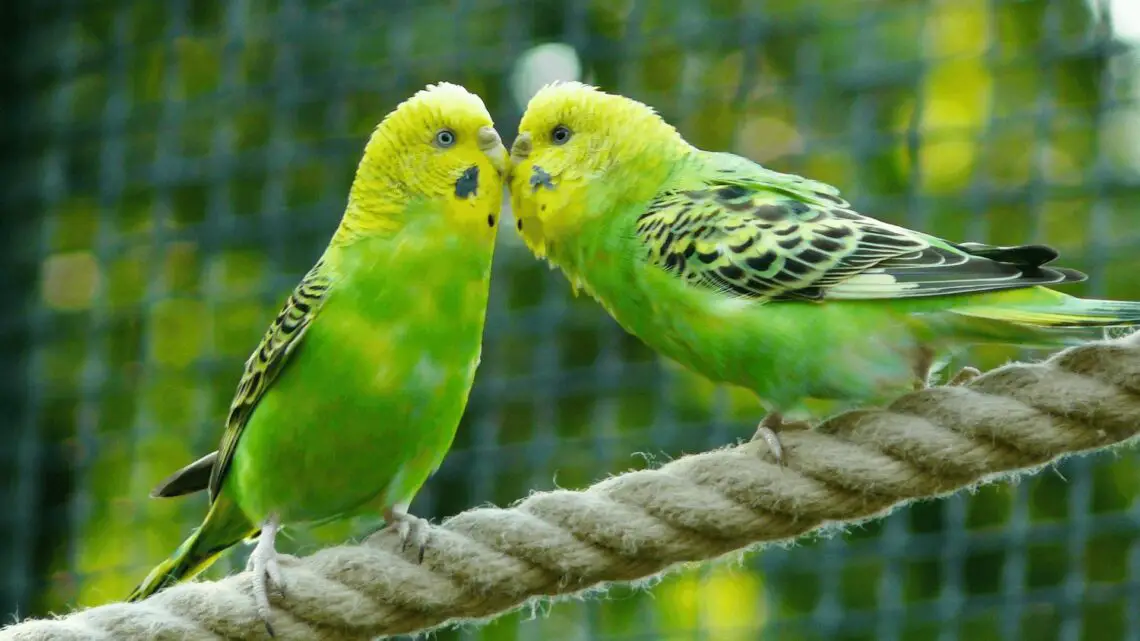
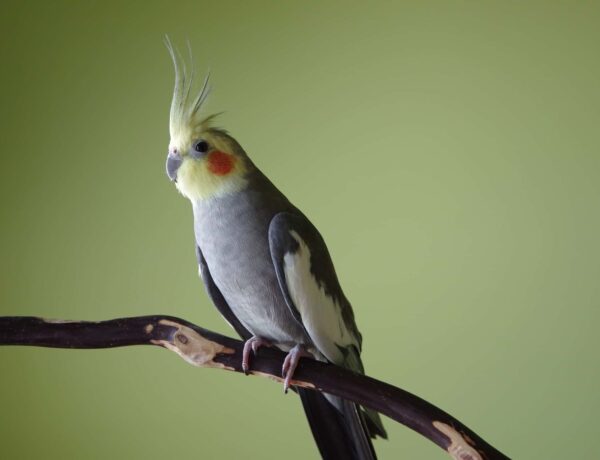
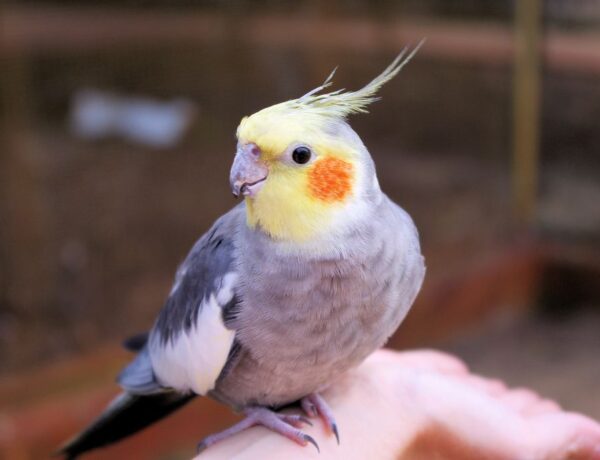
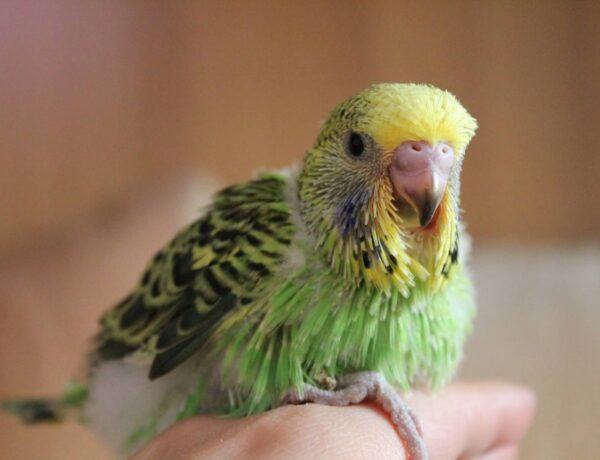
No Comments